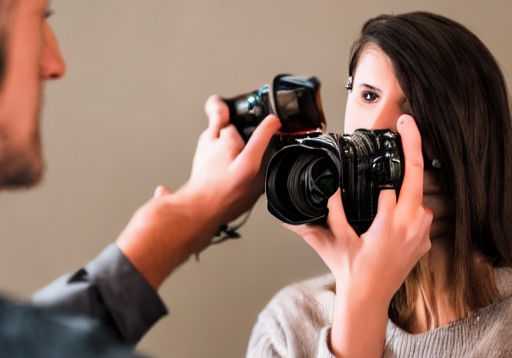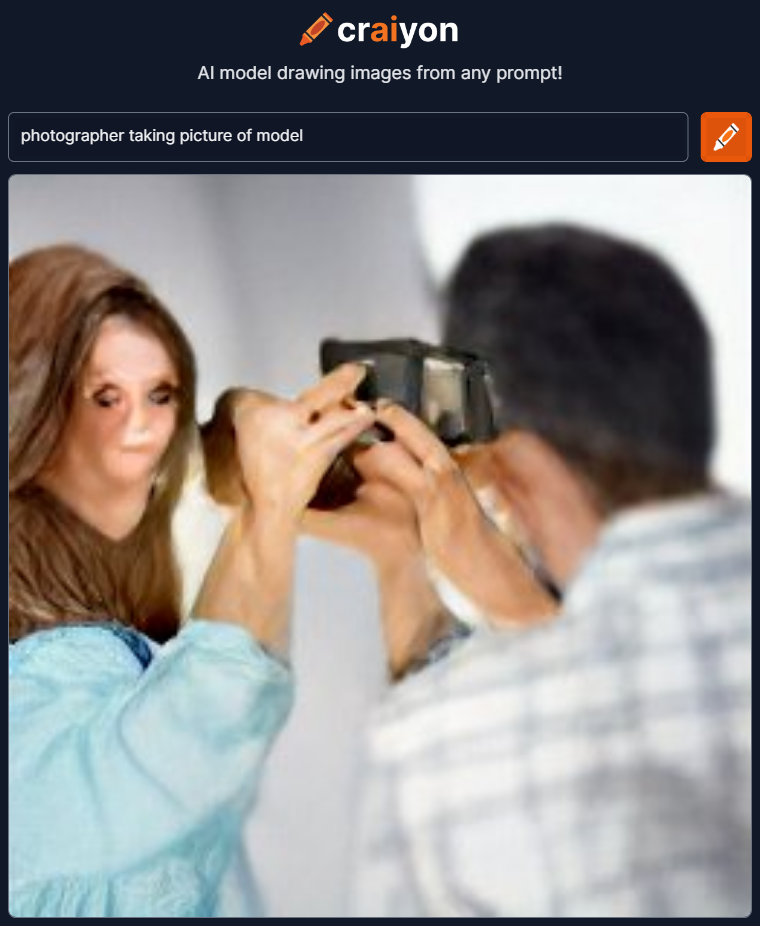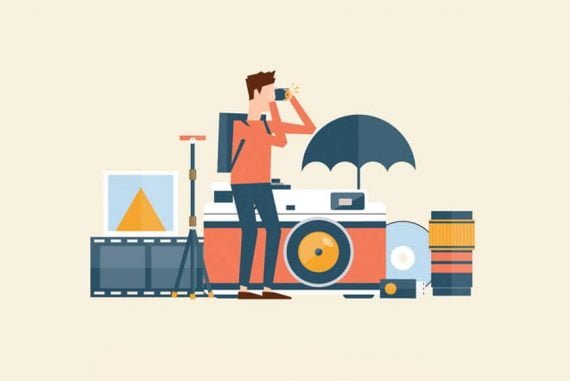
What Does AI-Generated Art Mean for the Future of Photography?
News | By Stephan Jukic | September 18, 2022
AI-generated art and even photography have become fascinating new subjects of heavy debate in recent weeks. Programs like Midjourney, DALL-E, Stable Diffusion and others have fueled the fire by offering unlimited, free AI rendering of painted-looking visuals and generated “photos” through a simple interface that lets you create and download these with a simple text prompt.
Naturally then, many people have started taking these rendered images and putting them up for sale on stock photo and portfolio sites, with mixed results across the board.
Some sites have responded by banning these images from their platforms, while others have simply done nothing and let the new frontier move forward.
One example of the former is the photo portfolio site PurplePort, which announced its proactive stance of expressly banning images created through text prompts on the AI rendering sites. PurplePort explained its new rules and general stance in a recent blog post in which it warns that images like these will be removed if uploaded and detected.
According to the blog post, creatively titled “Artmageddon: The Rise of the machines, and banning machine-generated images”:
“Our entire purpose is to bring creatives together into a safe, honest, and vibrant community to create fantastic images, and so the use of 100% machine-generated images, whilst an incredible breakthrough, is not something that helps our community,”
The post author, Russ Freeman, further explains, “There are many arguments for and against machine-generated art, but for PurplePort, I wish it to remain an inspiring source of human-generated and human-focused art,”
He also goes on to elaborate, “Finally, it is trivial for anyone to generate art using these art-generating machine algorithms…it requires no investment in skill or time. Thus, it is equally trivial for such images to crowd out the true artists amongst us and devalue those who have invested their time in their artistic pursuits.”
The long and the short of it is that AI-generated images are out, at least for PurplePort. They’ve also been banned by a number of other digital platforms that let creators sell photos and other visual artwork.
It’s not necessarily that these platforms or those backing these moves have anything against this kind of art. Indeed, many might even be excited by its arrival and future prospects, but they also have their reasons for being leery of how easy it is to create by anyone at all with minimal effort. Banning is then a natural reaction.
This is fine, but it evades the obvious and very old problem of just how difficult any technology is to sweep under the rug once it grows big enough to gain traction.
AI Art Makes Inroads Despite its Flaws
Just recently, a fine art competition in the United States awarded first prize to a submission generated in minutes by an AI rendering program. Its “creator”, Jason Allen submitted what he titled “Théâtre D’opéra Spatial” at the Colorado State Fair’s fine art competition on August 26. He was later given first prize in the “Digital Arts/Digitally-Manipulated Photography” category.

Théâtre D’opéra Spatial, First prize winner at the Colorado State Fair
Admittedly, the piece is quite beautiful and definitely something that many people could appreciate as art, except for the small detail that it was created by a digital algorithm in seconds. Also, to be fair, his prize was awarded under the digital art and digital manipulation category. However even here, many human creators labor for hours to produce their own artwork by hand, so it’s understandable how the first place award could be considered galling by other entrants.
So where does all this leave us? Well, it’s hard to say. For now, at least, AI-generated imagery is usually nowhere near as good as what some examples would have you believe.
As our own recent experiments in recreating photos through several AI programs demonstrate, the machines still have more than a few details to work out, especially for recreations of photos if not abstract art. Their algorithmic abilities will however improve drastically and quickly, and while this will bother many creators (particularly those who make commercial art for practical demand), the technology isn’t going away.

Some photographers have however adapted by simply delving into the very thing that scares others to find a monetization angle where they can.
Photographers Adapt
As the photo site Petapixel reported recently, there are now thousands of AI-generated images being sold on stock photo sites that do still allow them. Among these permissive platforms are many huge names in the stock photo business such as Shutterstock, iStock and Adobe Stock.
Just one of these, Shutterstock, coughs up a whopping 18,850 results if you search under the term “AI-generated”, and this reveals only the images that were openly labeled as such by their uploaders.
In other words, the already fierce competition among photographers who make money from stock imagery has a whole new threat boiling around it. How well some of these people are selling or continue to sell as more images get uploaded is hazy at best, but some photographers have found new angles for benefitting from the trend by turning themselves into teachers.
One of these, a woman named Vanessa who creates book cover photos, recently released a video called “How to Start Selling Midjourney AI art on Shutterstock”. You can check this out below if you’d also like to dabble a bit (or a lot).
One other thing worth mentioning as a warning for anyone thinking of embarking on their own AI photo/art journey is that these programs offer their creations in a maximum resolution of only 1024 pixels. Submitting to many stock photo sites thus means upscaling your creations after having them made by an AI site.
Yet another warning you should really know about is that AI art can’t be copyrighted, at least not in the United States, whose copyright laws tend to set standards for their international counterparts. Under U.S Copyright rules, only “original works of authorship” can be protected, and visuals automatically rendered by a machine ain’t it… You really might want to keep this in mind before investing lots of time in generating and posting these kinds of images.
We really have no firm conclusion to make about the rise of AI art. It’s too early to tell where it’s going or how it will affect both photographers and other types of visual artists.
What we can say is that it definitely will improve, and eventually, it will become good enough to readily imitate real, professionally taken photos. When that happens (and it will be soon), any commercial creators of these types of images -which buyers don’t specifically seek for their human-made, emotional fine art appeal- will indeed be threatened.
But then again, this isn’t the first time in history when photographers have had to adapt to new mediums and new trends. We’ll do it again.

Check out these 8 essential tools to help you succeed as a professional photographer.
Includes limited-time discounts.













